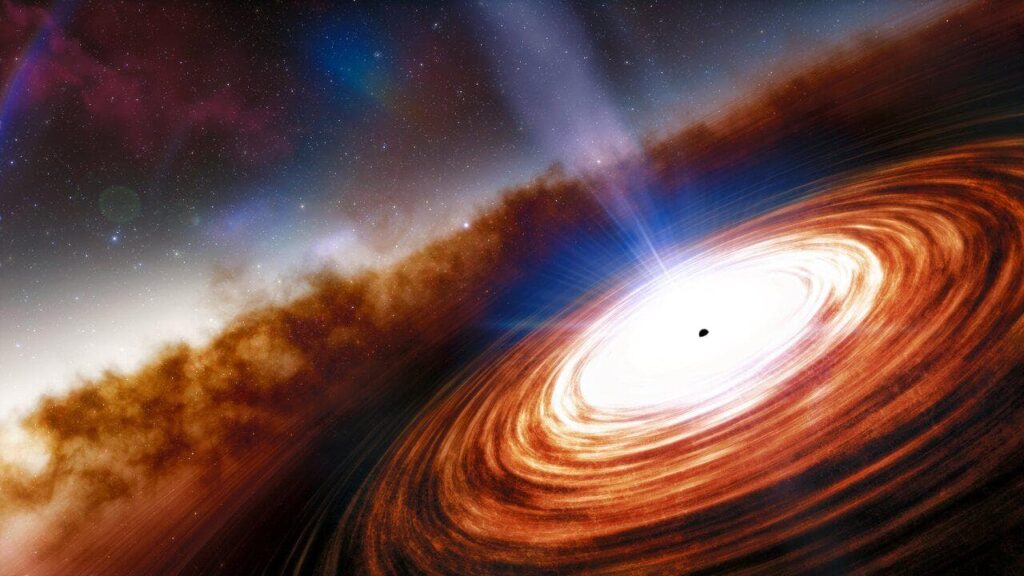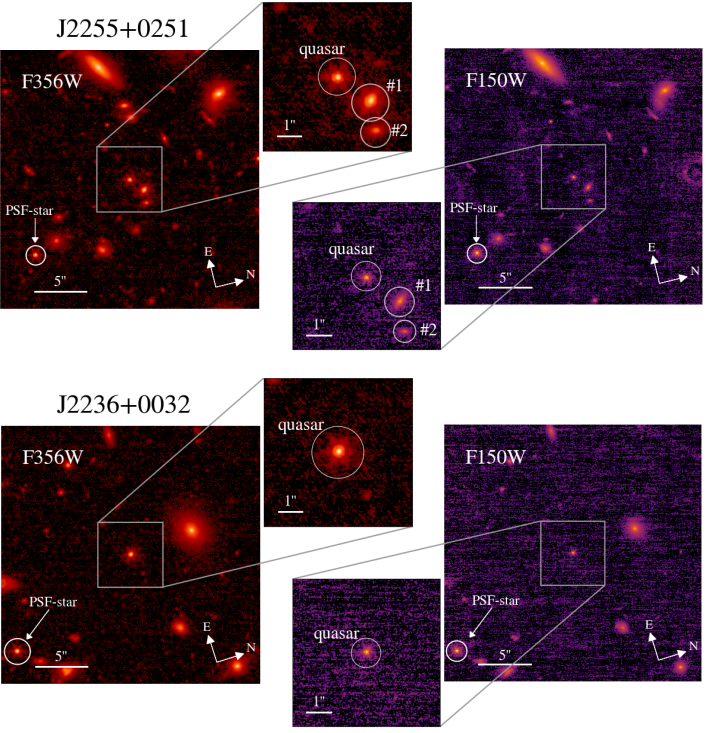Thanks to the capabilities of the James Webb Space Telescope (JWST), astronomers were able to view stars from distant quasars for the first time. The light they emitted took over 13 billion years to reach Earth.
What are quasars?
The first quasars were discovered in the late 1950s. These objects baffled astronomers: with extremely small angular sizes, they were powerful sources of radio emission. Therefore, the term quasar, formed from the words quasi-stellar and radiosource (this literally means “star-like radio source”), was used to designate them.

We now know that quasars are the cores of active galaxies formed shortly after the Big Bang. The supermassive black holes in them rapidly grew, absorbing a large amount of matter, which was accompanied by the release of a huge amount of energy. And this is one of the main problems of modern astrophysics. So far, astronomers do not have a generally accepted theory explaining the mechanisms of such rapid formation and mass gain by black holes in the early Universe.
Structure of quasars in the early Universe
In order to test existing hypotheses about the nature of quasars, scientists need data on the parameters of supermassive black holes and their host galaxies. But due to their great remoteness, for a long time it remained practically impossible. However, an important step has recently been taken in this direction. The JWST was able to make observations of the stellar population of two quasars J2255+0251 and J2236+0032, located at the very edge of the observable Universe.

J2255+0251 and J2236+0032 were first detected by the Subaru telescope as part of the SHELLQ survey, but their low brightness in the infrared range prevented further study. Therefore, JWST took over the relay. IIt performed a series of observations of quasars, after which astronomers conducted a series of simulations to separate the radiation of the host galaxies of the quasar from the radiation of its core.
JWST data showed that J2255+0251 is a disk-shaped galaxy with an effective radius of 6.2 thousand light-years. In the case of J2236+0032, the galaxy has a slightly tilted disk–shaped profile with an effective radius of 2.0 – 2.6 light-years. The mass of galaxies is estimated at 25 and 63 billion solar, which makes them quite massive objects (especially by the standards of that era). It is worth noting that unlike most supermassive black holes in the near Universe, the observed quasars are spatially displaced from the centers of their host galaxies.
According to https://arxiv.org
Follow us on Twitter to get the most interesting space news in time
https://twitter.com/ust_magazine

